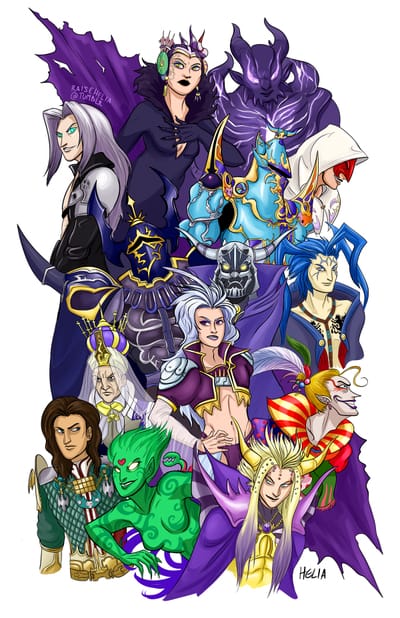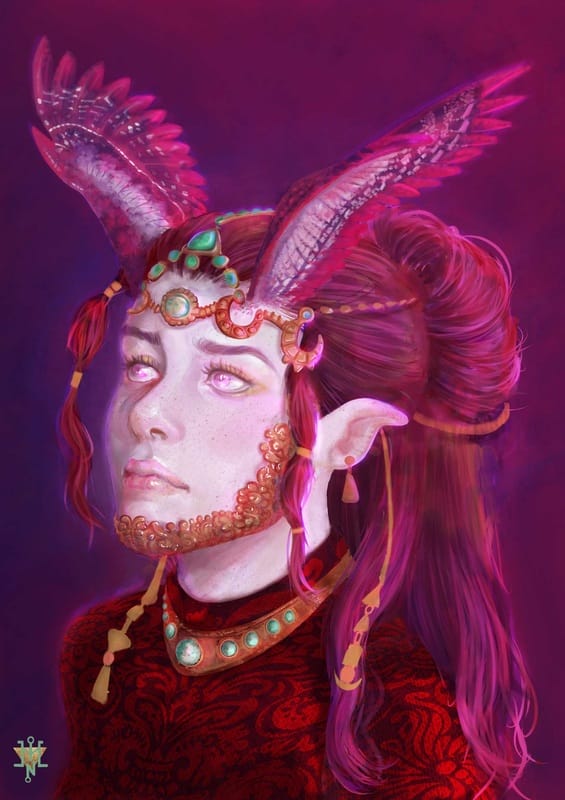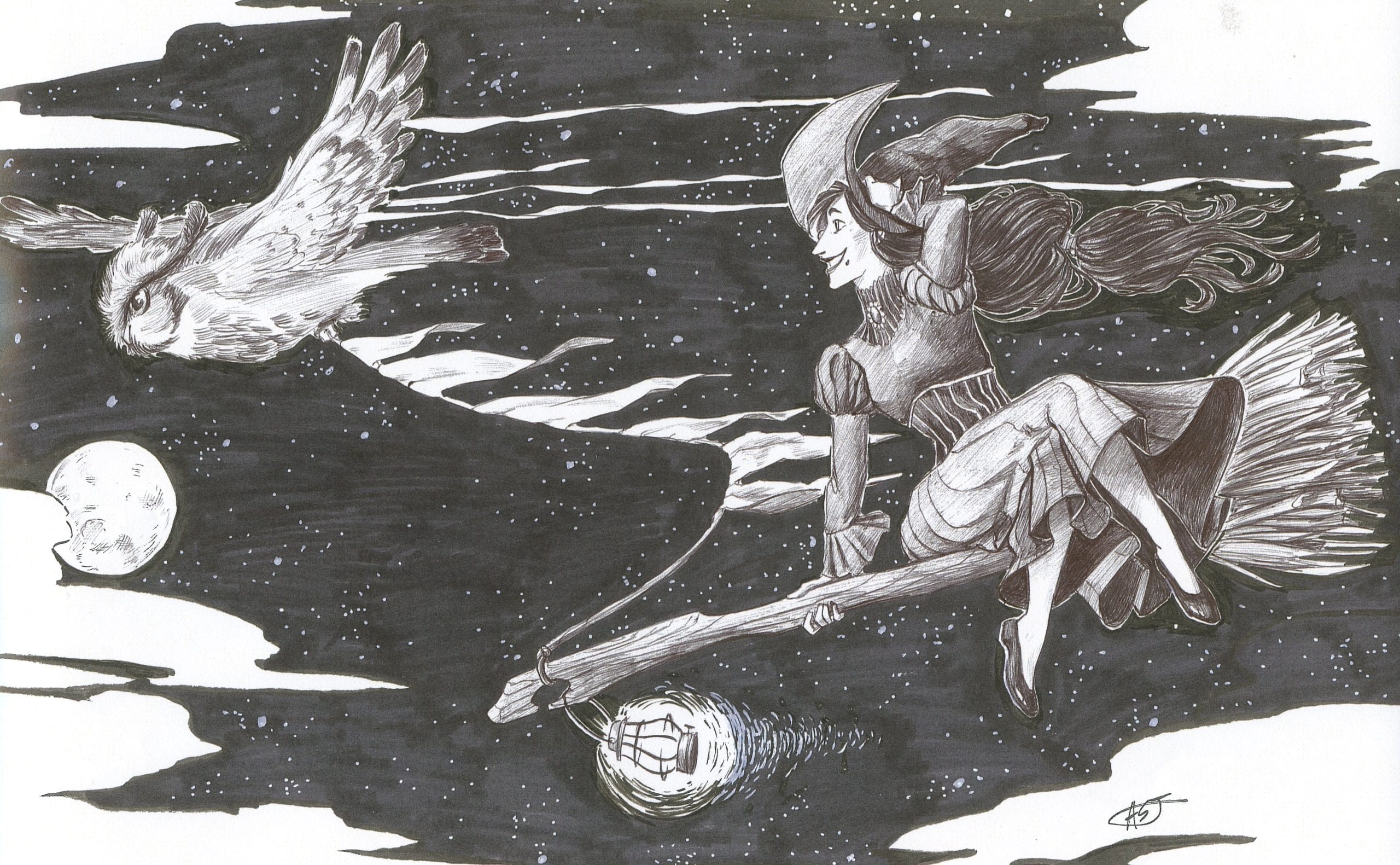Is art one of your passions? Are you interested in turning your drawings into a rewarding career?
Then becoming an illustrator might be the path for you!
– By Emi –
What is so appealing about the illustration field, you may ask?
Illustration can be a broad term, so let’s break it down. You get to be creative on the daily, while working on projects that require your imagination to run wild; and seeing your finished product after hours of hard work is an extraordinarily rewarding feeling. You often work on a wide range of projects, working with clients from all over the world on anything from children’s books to magazines! Some of the other projects you may work on include:
- Manuals
- Advertising
- Educational illustrations for textbooks
- Narrative illustrations for a variety of literary forms
- Comic Books/ Comic Strips/ Graphic Novels
- Book & graphic novel covers
- and anything from Greeting Cards to Album Covers

Who are Illustrators?
An illustrator is someone who creates images to give a visual element to an idea, narrative or text. These images can be used to provide clarity to advance written or spoken ideas by providing a visual aid. These illustrations will work with the concept, rather than distract from it. Illustrators work on a wide range of projects from comics to personal stand alone pieces! They can also be artists who bring stories and imagination to life with their work. They are often commissioned on a freelance basis or hired by companies to create illustrations for everything from commercial ads to cover art for novels, graphic novels or even art for album covers. Often, an illustrator will specialize in a particular field, while also selling personal work of their own. Many work to publish their own graphic novels and comic series! Illustrators even work in the education field, creating images for textbooks and other educational works.
MTM College (MTM) Graduates go on to have successful careers in the illustration industry, many work as freelance illustrators, some publish their own comics/graphic novels, while others are hired by large companies and publishing houses.
Here are some of MTM’s Illustration graduates and what they are working on now:
Andrew Kwan, graduated from MTM’s Illustration for Sequential Arts program in May 2014, and has gone on to make his illustration dreams a reality. Andrew Kwan writes, illustrates, and publishes his own comic series, “The Work and Gel”, a post-apocalyptic tale about an Earth where humans are no longer at the top of the food chain. He also works as a character designer for Nanomyte Studios, on their multimedia series, “Injection”, another post-apocalyptic tale.

Neiva Mateus, graduated from MTM’s Illustration for Sequential Arts program in May 2014, is now working as a freelance Illustrator for various children’s books. She has illustrated for a children’s book, written by Rachel Vander Veen, called “A Journey Down the River”. This book has been published in multiple languages and encourages children to count, and look for hidden creatures at the turn of each page!

Ana Jaimes graduated from MTM’s Illustration for Sequential Arts program in May 2018. Ana currently works as an art director at NerdyCity, a company that specializes in making board games and tabletop RPG’s that capture the imagination and transport you to a whole new world! She will be teaching a Clip Studio Paint workshop here at Max the Mutt over spring break! This workshop will introduce students to the various illustration and comic focused features the Clip Studio Paint software provides their users such as unique page formatting options, speech bubble features, unique shortcuts, and even how to utilize built-in 3D models to shortcut and strengthen your digital artwork.

Why choose MTM College of Animation, Art & Design to study Illustration?
MTM College (MTM) is a college that simulates a realistic work environment for its students so they are prepared to enter the workforce. MTM now provides a 4-year Illustration & Storytelling for Sequential Arts diploma program with a focus on visual storytelling that teaches students the fundamentals of drawing, and trains students to work with industry standard programs like the Adobe Suite. MTM even offers a 2-semester graphic novel development course that will provide its graduates with a package that can be pitched to publishers! Other benefits of choosing MTM College include:
- Smaller class sizes which offer instructors the opportunity to provide more one-on-one time with students and the chance to get to know them personally
- Instructors work in the Illustration & Comics industry, who want to help their students build the skills they need to start their own Illustration careers.
Like Dave Ross, who has worked with Marvel and DC Comics as a writer, penciller, and cover artist. Dave Ross teaches Structural Drawing, Penciling, and Constructive Figure Drawing for Illustration students.
Paris Alleyne is a MTM Illustration 2013 graduate and another instructor with industry experience having worked as a colourist for comics such as Mutant Teenage Ninja Turtles and GI Joe. He teaches MTM Illustration students a Digital Media course. Paris has won an Eisner Award for Best Colourist on a Comic Book Series. - Curriculum designed in consultation with Industry professionals. Our current 4 year Illustration & Storytelling for Sequential Arts diploma program was updated from a three year Illustration for Sequential Arts diploma program, to meet the demanding requirements of working in the industry. We constantly consult with experts in the industry to ensure our students are receiving the most up to date skills and training.
- A fun and engaging work environment that is supportive of everyone and provides unique learning opportunities. While the curriculum at our college can be demanding, we also want our students to enjoy themselves! Our college has a collegial and friendly atmosphere.
MTM College’s Illustration program has core skills as part of their curriculum. You will gain skills in penciling and inking comics, storytelling and scripting for comics, and children’s book illustration. You will also dive into topics such as graphic design and illustration for advertising skills and storyboarding for film and advertising. You will graduate from the MTM Illustration & Storytelling for Sequential Arts Diploma Program with a solid portfolio, a web page, the skills needed to write an excellent cover letter and resume, and the confidence to perform well in job interviews. MTM College will prepare you to be the next generation of freelance illustrators, comic book, and graphic novel artists.
If you are unsure whether studying illustration is the right fit for you, check out some of MTM College’s Workshops! They are a great way to get a feel for what you will be learning while attending MTM.
To learn more about MTM workshops, contact workshops@maxthemutt.com
To learn more about MTM College’s Diploma Programs, contact admissions@maxthemutt.com
Hope to see you there!











